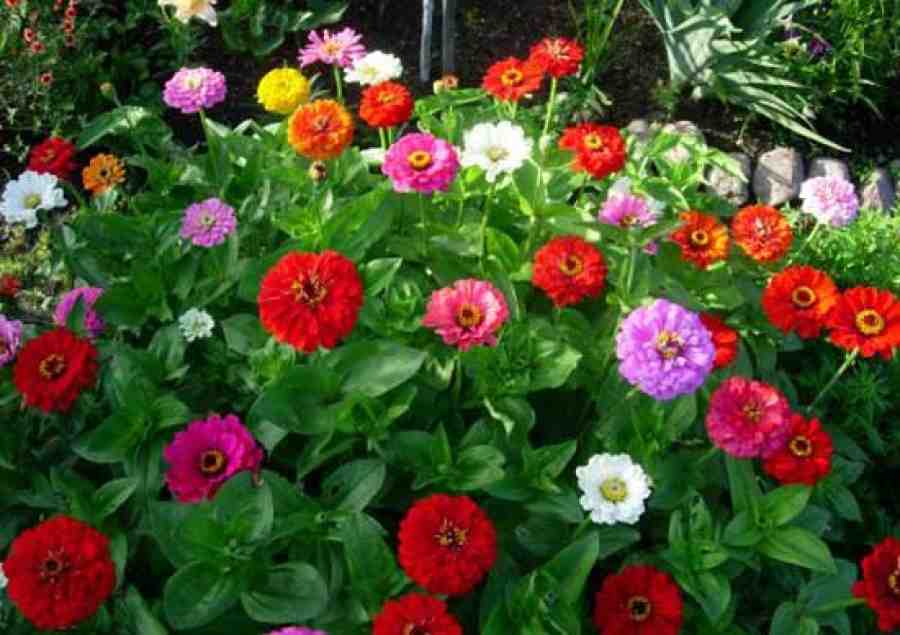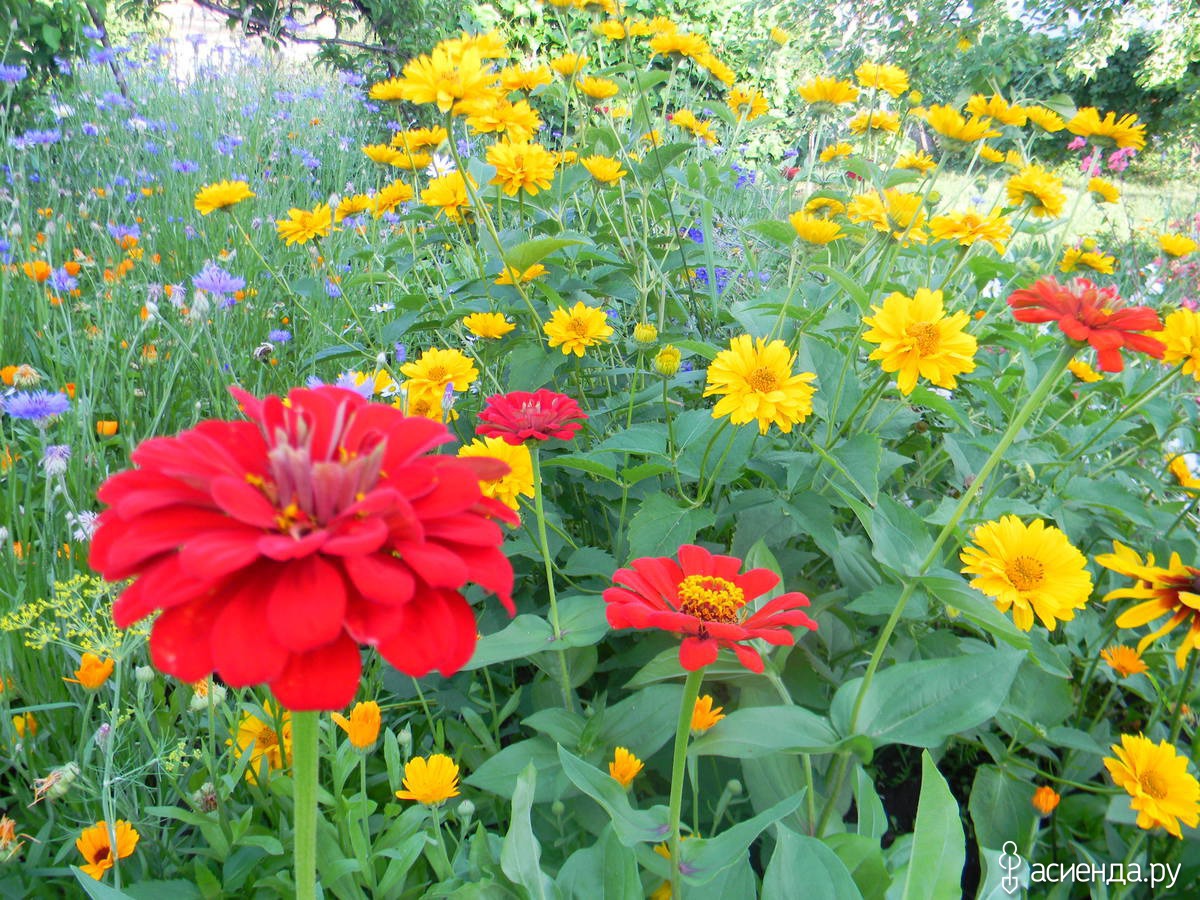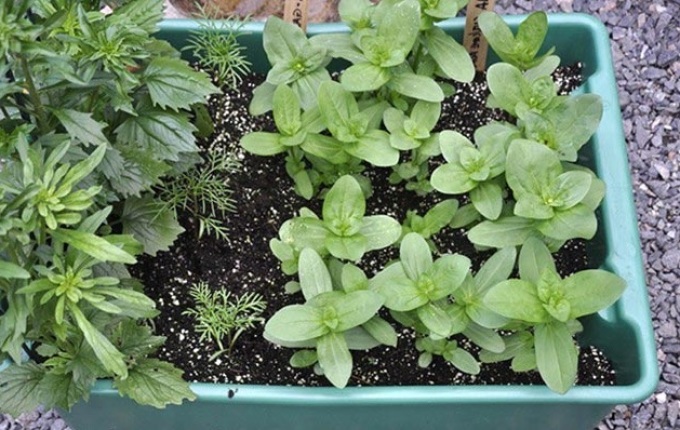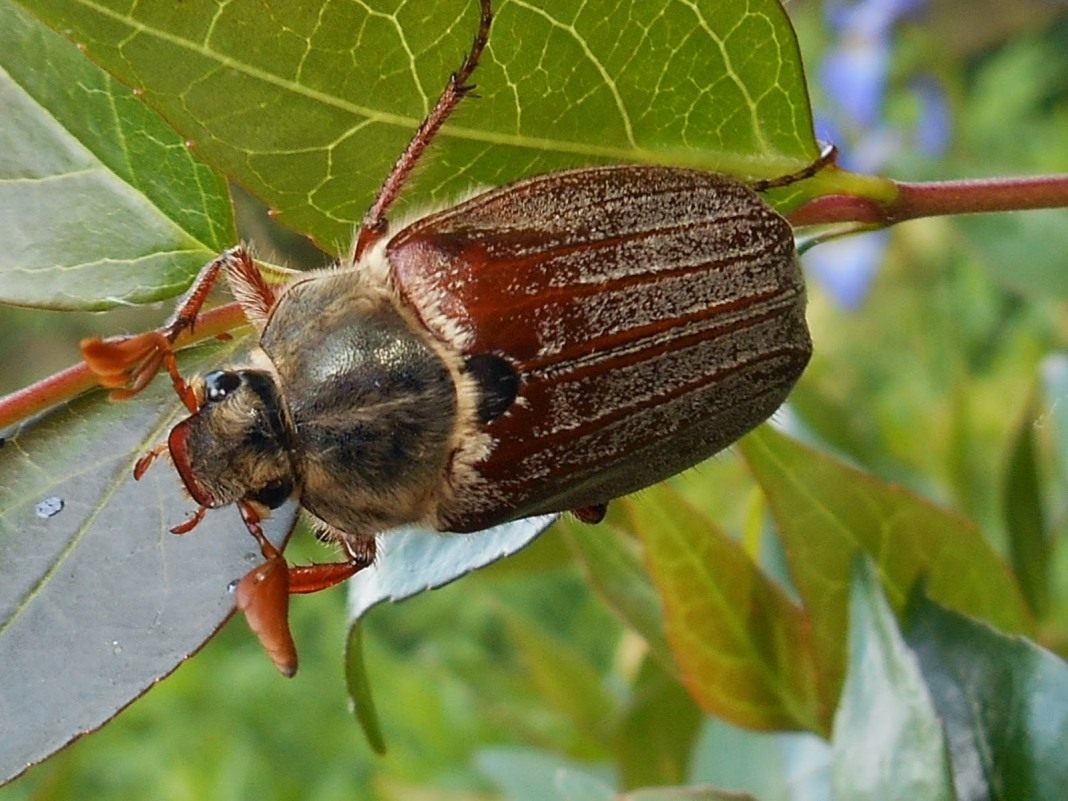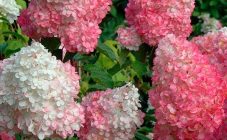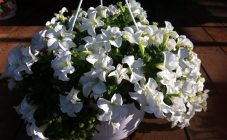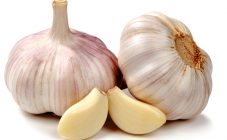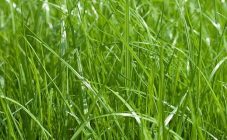Content:
Zinnias (zinnias) are flowers belonging to the genus of perennial shrubs and herbaceous plants from the Aster family. The homeland is considered to be Southern Mexico. The culture is named in honor of the scientist, breeder, botanist and pharmacologist I. Gottfried. The Aztecs began to cultivate the plant in the distant 16th century, and it was brought to Europe in the 18th century, soon becoming the most common flower in the gardens of the nobility and aristocrats. At the beginning of the 20th century. Zinnia has already been grown in all corners of the planet. Today there are about 20 varieties, a large number of varieties and hybrids.
Description and characteristics of zinnia
Depending on the variety and species, the height of the plant can vary between 20-100 cm.The main features of the culture:
- The leaves are characterized by an ovoid shape with a slightly pointed apex. The surface of the leaf plate is equipped with rather rigid hairs, which can be whorled or opposite.
- Inflorescences can be grouped in single baskets, which are located at the very top of the stem. The diameter ranges from 2-4 cm. They are located on peduncles that are significant in height.
- The flowers are characterized by a ligulate shape. They are arranged in tiles or in several rows. The color of the inflorescences can be very diverse, but the most common zinnias are white, orange, purple, red and yellow.
- After flowering, a fruit is formed, which is represented by an achene equipped with a tuft.
Zinnia can be annual or perennial. By its nature, the culture is perennial, but a large number of hybrid annual varieties have been bred.
Growing a plant on a garden plot in the open field will not be difficult, and all thanks to the unpretentiousness of the plant. Zinnia is resistant to high temperatures and prolonged drought.
Varieties and varieties
Today there are about 20 varieties of this flower, but no more than 4 of them are mainly grown in summer cottages. The most common types are narrow-leaved and graceful zinnia. It was she who served as the basis for breeding numerous hybrid varieties.
Zinnia graceful
It is a herbaceous annual plant, the height of which can exceed 100 cm. The inflorescences are colored pink, white or orange. As a rule, the shoots are straight and not branched, in cross section they are characterized by a round shape. The leaf plates have a pubescence, consisting of rather rigid hairs. They are ovoid, the length varies between 50-70 mm, the width is not more than 45 mm. At the tops of the stems, inflorescences are formed in the form of baskets. In diameter, the size of the flower reaches 5-16 cm, the surface can be double, semi-double and simple. The color is the most diverse, even blue zinnia is found. The plant begins to bloom in early June.
By the height of the shoots, this variety is divided into:
- undersized, she is dwarf zinnia. The stem height varies between 15-30 cm.A bushy branching plant is forming, it looks very attractive. Can be planted in pots and open ground.
- the middle one differs in the height of the stems within 35-50 cm. Grown in flower beds, often used for cutting into bouquets.
- high zinnia grows up to 90 cm. It is planted exclusively for cutting, because in flower beds, due to its large growth, the plant looks sloppy.
Zinnia dahlia
The flower differs from its congeners by its powerful shrubs, which can be compact or spreading. Their height varies between 60-90 cm. Shoots are formed of the first order. The massive foliage reaches 12 cm in length.The diameter of the hemispherical terry inflorescences reaches up to 14 cm.The most popular varieties of this variety:
- zinnia Dreamland is a double varietal flower that grows to a height of 65-70 cm. Inflorescences are formed quite dense, the color can be very diverse;
- Zinnia Miss Butterfly amazingly transforms the garden during flowering. The height of the plant is no more than 0.7 m. In diameter, the inflorescences reach 14 cm, they have a rich orange-red color;
- The polar bear grows in a compact bush, height is no more than 65 cm. Inflorescences are densely double saturated white color with a greenish tint.
Zinnia midget
She's pompom. It is distinguished by its attractive compact appearance, its height is no more than half a meter. A large number of shoots of the second, third and even fourth order are formed. The leaves are miniature.
The most popular varieties of zinnia midget:
- zinnia Magellan. The height of the bush is no more than half a meter; during flowering, rich red, scarlet densely double inflorescences are formed. The shape of the flowers is truncated-conical or round;
- Californian zinnia grows in a compact bush, the height of which does not exceed 45 cm. The color of the inflorescences is bright red, the surface is terry, the shape visually resembles a flattened ball;
- Tambelina mixed in height reaches about half a meter, inflorescences can be of different colors. In diameter, the diameter of the flower ranges from 40-60 mm.
Zinnia angustifolia
This variety is native to Mexico. This erect plant belongs to the group of annuals; in the process of its growth and development, it forms branched bushes. The leaf plate is elongated and has a pointed or lanceolate shape. During flowering, inflorescences of a rich orange color are formed, the surface can be ordinary or terry. Famous varieties:
- Cherry is a highly branched bush, the height of which does not exceed 25 cm. The surface of the inflorescences is terry, the base of the reeds has a dark orange color, and the tips are brown-red;
- white, lemon or yellow zinnia belongs to the Persian Carpet Mixed series. Sold as a seed mix. These are semi-double bicolor hybrids. The bushes are quite massive, visually reminiscent of oriental carpets;
- zinnia Swizzle in height reaches no more than 30 cm. Stems are highly branching and creeping, but rather weak and thin. Inflorescences are formed in white, yellow or orange color. In most cases, this variety is grown as a ground cover crop.
Zinnia giant
This is a cactus-like flower that reaches a height of 90 cm. The surface of the inflorescence is double, the diameter of each is 11 cm. The reed flowers are rolled into tubes.
Planting and caring for long-term zinnia
Before planting zinnias in open soil, seedlings should be grown from seed material. It is better to start germinating seeds in late winter - early spring.
Seedlings are planted in open soil with the arrival of May, the most optimal time is the first or second decade of the month.The most suitable place for planting is a well-lit area, protected from wind and drafts. The soil should be neutral, drained and fertile.
Before planting, the site should be pre-prepared: remove weeds, dig up the soil to a depth of approximately 35-45 cm and apply mineral or organic fertilizers to it.
Planting should be carried out at intervals of 30-35 cm. Under favorable weather conditions and observance of the rules of agricultural technology, flowering can be seen already at the beginning of July.
The plant is not picky in care, to ensure lush flowering, it is required to regularly loosen and fertilize the soil, remove weeds, and also water the plants so that moisture penetrates near the root, but does not fall on the ground part (petals, leaves, stem). To prolong flowering, you need to regularly and promptly remove wilted buds. The plant does not need tying.
What pests and diseases are the zinnia flower susceptible to?
As a rule, the plant is affected by May beetles, slugs, as well as snails and aphids. To get rid of gastropods, special traps should be used. It is recommended to use bowls that will stand in several places. The collection should be done exclusively by hand. Most often, insects live under slate or roofing material leaves. After collecting the pests, they are placed in a container filled with a concentrated soap solution.
If the plant is struck by aphids, then the bushes should be treated with a solution of tar soap: for 1 bucket of water, 100 g of grated soap. If the lesions are strong, then it is better to purchase special chemicals, for example, actellic or fufanon fungicides. It must be used strictly in accordance with the attached instructions for use.
The main symptoms of bacterial spotting are - round spots of brown-gray color are formed on the leaf plates. Unfortunately, this pathology is incurable. If the lesion is still minor, the affected fragments can be treated or removed. If the disease begins to progress, then it is worth immediately removing the bush and burning it, otherwise healthy plants may be infected.
In the treatment of powdery mildew, gray rot and fusarium, fungicides are required, for example, topsin-M, foundationol. It will be necessary to prepare a solution in accordance with the attached instructions for use and irrigate the plants with it.
Zinnia is an attractive and, at the same time, unpretentious culture that even a novice florist can grow. To ensure lush flowering, you need to follow simple rules of agricultural technology and initially purchase high-quality planting material.
